This article is a part of our #DalitHistoryMonth campaign. April is celebrated as Dalit History Month in order to recognise and bring to light the contributions of Dalits and acknowledge the systematic oppression and violence that mainstream history has conveniently overlooked.
In 1938, more than a thousand women appeared on the streets of Madras, draped in sarees with the design of the Tamil flag on them and raised slogans against the
This event may not be well-known, but it is historic for the way in which women came into the public and political sphere. It was part of the larger Self Respect Movement that sprung to life in Tamil
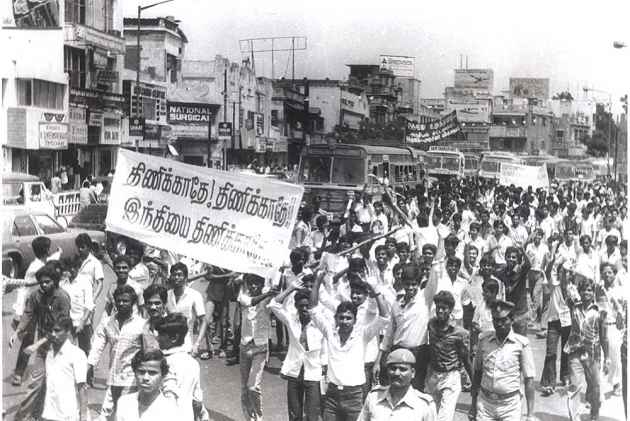
The spirit of the Self Respect Movement is valuable for intersectional feminism today, especially when we look at Periyar’s staunch support of birth control, women’s right to divorce, and changing the division of household labour in heterosexual partnerships. Yet there is very little written about the women who were involved in this struggle and agitated to take it forward. So who were the women of the Self Respect Movement?
It was two Dalit women who contributed in crucial ways to how the Self Respect Movement unfolded.
The Women of The Self Respect Movement
It was in fact two Dalit women who contributed in crucial ways to how the Self Respect Movement unfolded. Annai Meenambal, the president of the Scheduled Castes Federation of India and an active feminist figure in the Self Respect Movement was the one who gave E.V.R Ramaswamy the name ‘Periyar,’ (meaning ‘great one’), a title that has remained ever since. Later, a woman named Veeramal comes to the forefront for constantly pushing Periyar to sharpen his understanding of the struggles of Dalit people in society.
Also read: Periyar Rally in Trichy: An Anti-Caste And Anti-Fascist Movement
In the 1920s, women actively joined the Vaikom Satyagraha, to demand access for people of all castes in public spaces. They were led by Nagammai, a social reformer and activist, who later went on to become the editor of Kudi Arasu, the weekly magazine that promoted the Self Respect Movement. Nagammai frequently organized groups of women to picket toddy shops in Erode as part of the Anti-Arrack movement. Responding to how the picketing turned violent at points, Gandhi resigned to the fact that there was little he could do, as the entire movement was ‘in the hands of the women from Erode,’ a testament to the strength and fierceness of their leadership.

Nagammai, who was also married to Periyar, regularly attended inter-caste marriages that were held during the Self Respect Movement. It has been documented, how in a speech Nagammai rejected religious symbols of marriage like the tali (wedding pendant) and various ritualistic practices, since they represented the ‘slavery of women to men.’ Though these statements were made in the 1920s, Nagammai’s sharp critique of superstition and the emphasis on inter-caste marriages are ideas that are important to revisit even today, in an age when superstitions continue to be patriarchal, and inter-caste marriages are still stigmatised.
In many instances, the role of women in politics was justified as an extension of her role in the home, as that of a nurturing maternal figure or caretaker.
Moovalur Ramamirtham, another prominent activist, was among one of the women jailed during the 1938 Anti-Hindi protests. She was a vocal critique of the devadasi system, having herself been drawn into the devadasi system from a young age due to her caste location. Her writings reflect a deep sense of anger about the injustice of being forced to become a devadasi by her family and society, and she challenges how men have long oppressed women ‘to pursue their own indiscreet pleasures.’ As a member of first the Indian National Congress, and later the Self Respect Movement, Ramamirtham devoted much of her time to opposing patriarchal social customs, raising women’s issues in conferences and conducting self respect marriages. She later questioned Periyar’s leadership and left his party following personal differences.
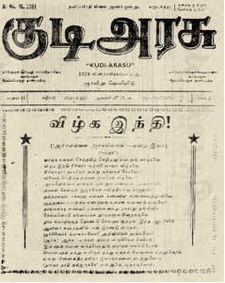
Nagammai and Moovalur Ramamirtham as just two among the many women who fought for the cause of self respect. Delving into their lives is indicative of how women have always shaped history in ways that are complex and layered, often with a unique idioms of protest. To have a rich encounter with history, it is necessary that we do not lose out on these stories- the stories of women who went to jail with their infants, who used their bodies as a form of protest and spun a language of social reform from their own experiences, while also challenging male leadership all the way.
Still A Long Way To Go
Even while advocating for women’s rights, political movements continue to be gendered in their division of labour, and often essentialise women as mothers or goddesses. CS Lakshmi critiqued exactly this trend in the Self Respect Movement, and how women in leading positions were often cast into roles of ‘motherhood, wifehood and chastity.’ In many instances, the role of women in politics was justified as an extension of her role in the home, as that of a nurturing maternal figure or caretaker. While it is important to look back at the radical politics of the Self Respect Movement and retrieve powerful voices, it is equally useful to be critical of the easy moulds that women are fit into- both in the past and the present.
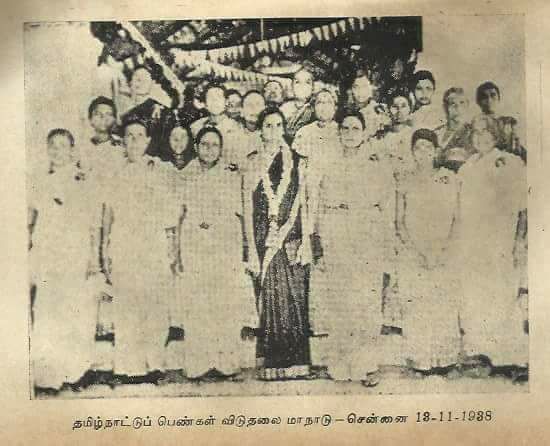
Even Periyar who spearheaded the self respect movement, and who was considered to be a radical champion of women’s rights was caught admitting in his wife’s eulogy that ‘I am ashamed to state here that I had not practised one hundredth of what I wrote and preached about women’s emancipation, at home with Nagammai.’ This statement should be a stark reminder that feminist and anti-caste politics cannot be limited to the public sphere, and must pervade our everyday and personal lives to be truly transformative.
Also read: Feminist History Is Important, Here’s Why You Need To Pay Attention
References
1. The Other Half of The Coconut: Women Writing Self Respect History by K Srilata
2. The Self Respect Movement & The Women’s Question by Shodhganga
3. Fuzzy & Neutrosophic Analysis of Periyar’s Views on Untouchability by WB
4. Bodies Called Women: Some Thoughts on Gender, Ethnicity and Nation by CS Lakshmi
5. Women’s Question in The Dravidian Movement by Anandhi S
6. Women & Social Reform in Modern India by Tanika Sarkar
Featured Image: Ritika Banerjee for Feminism in India
About the author(s)
Anagha is pursuing her MA in Media & Culture from TISS Mumbai.
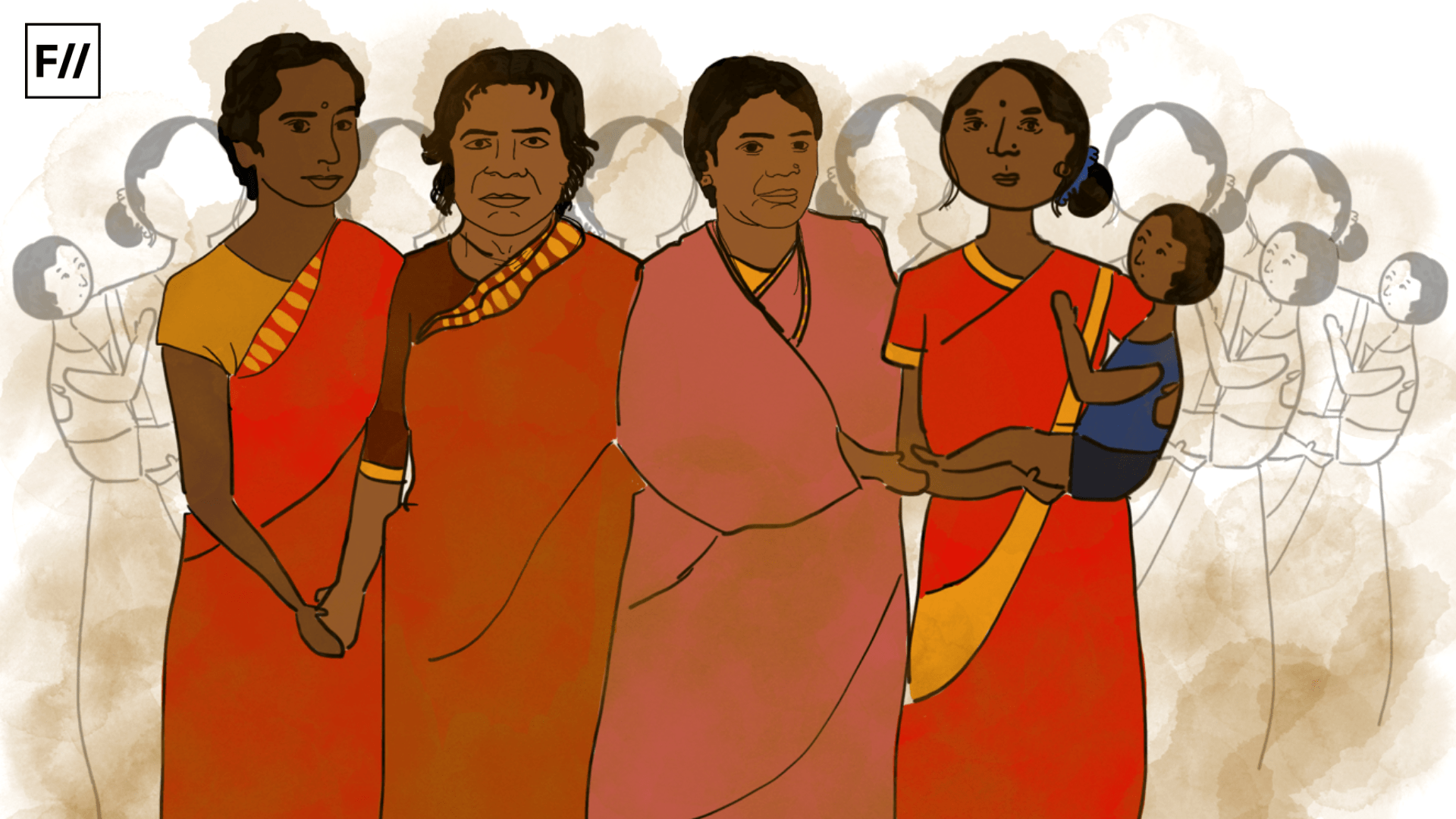


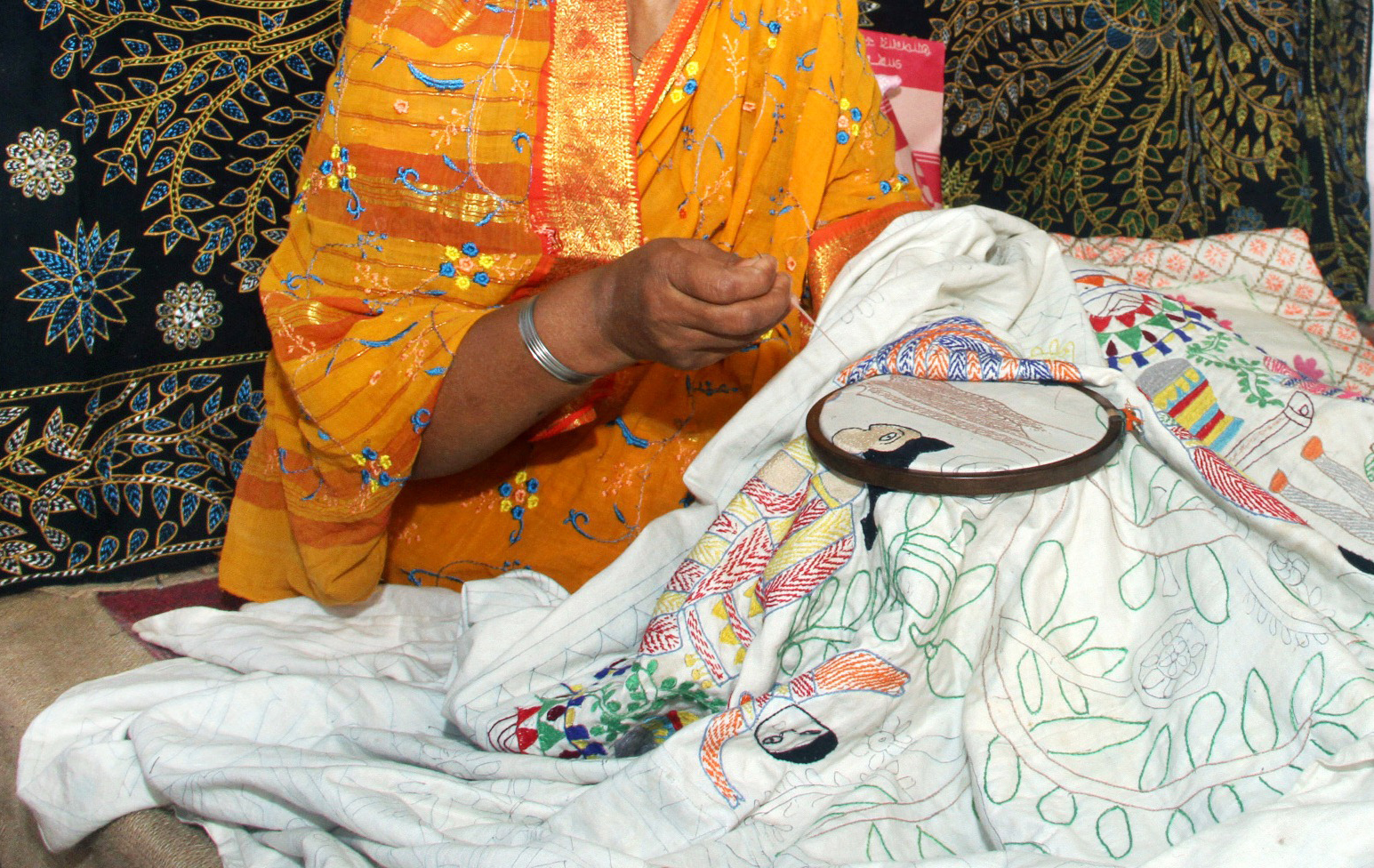

Really informative and well-thought out piece. Thanks for writing!